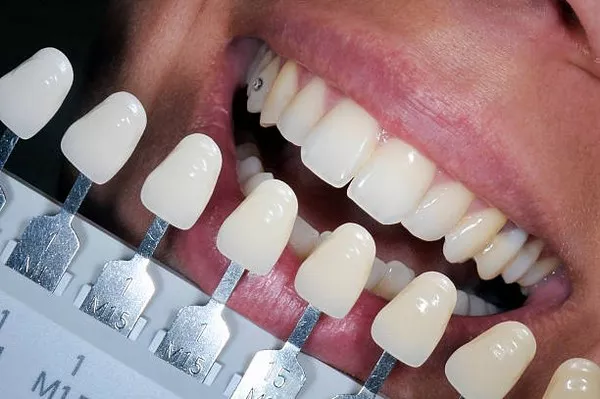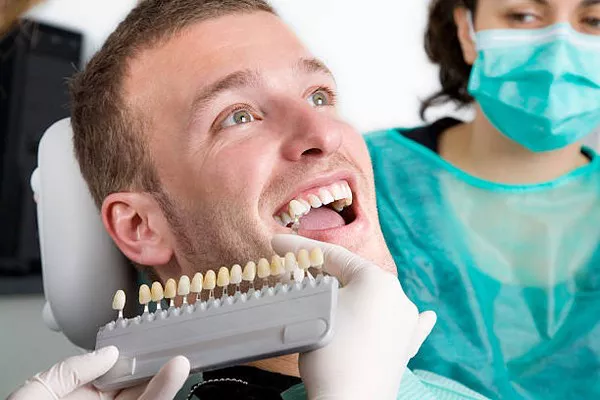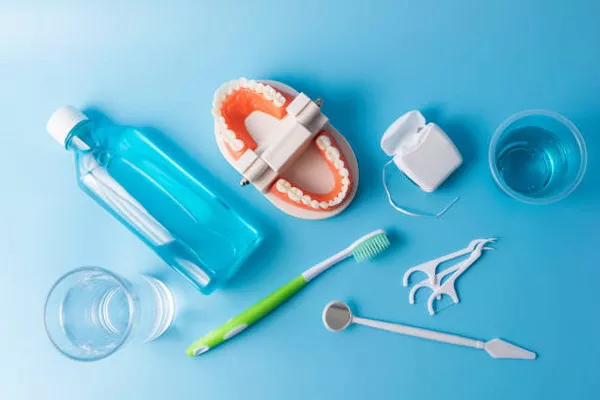Orthodontic treatment has become increasingly popular over the years. In fact, according to the American Association of Orthodontists, more than 4 million Americans wear braces, with about 25% of them being adults. Orthodontia is a dental specialty that focuses on the diagnosis, prevention, and correction of misaligned teeth and jaws. If you’re considering orthodontic treatment, it’s important to understand what it covers and what you can expect.
In this comprehensive guide, we’ll explore the various aspects of orthodontic treatment, including the types of problems it can correct, the different types of braces available, the cost of treatment, and more.
Types of Problems Orthodontic Treatment Can Correct
Orthodontic treatment can correct a wide range of dental problems, such as:
Crooked Teeth – Teeth that are crooked or overcrowded may be difficult to clean properly, increasing the risk of tooth decay and gum disease.
Overbite – An overbite occurs when the upper front teeth overlap significantly with the lower front teeth. This can cause excessive wear on the teeth, jaw pain, and even speech problems.
Underbite – An underbite is the opposite of an overbite, where the lower teeth protrude beyond the upper teeth. This can also cause jaw pain, difficulty chewing, and speech problems.
Crossbite – A crossbite occurs when the upper teeth bite down inside the lower teeth. This can cause uneven wear on the teeth, jaw pain, and even facial asymmetry.
Open Bite – An open bite is when the upper and lower front teeth don’t meet when the mouth is closed. This can cause speech problems, difficulty biting and chewing, and even breathing problems.
Types of Braces
There are several types of braces available for orthodontic treatment. The most common types include:
Traditional Metal Braces – These are made of metal brackets and wires that are attached to the teeth. They’re very effective at correcting even the most severe orthodontic problems.
Ceramic Braces – These are similar to traditional braces, but the brackets are made of clear or tooth-colored ceramic material. They’re less visible than metal braces but may be more prone to staining.
Lingual Braces – These braces are attached to the back of the teeth, making them virtually invisible from the front. They’re a good option for people who don’t want their braces to be noticeable.
Clear Aligners – These are clear plastic trays that fit over the teeth and gradually move them into the correct position. They’re removable, making it easier to eat and brush your teeth, but may not be as effective as traditional braces for more complex cases.
Cost of Orthodontic Treatment
The cost of orthodontic treatment varies depending on several factors, including the type of braces you choose, the severity of your dental problem, and where you live. On average, traditional metal braces can cost between $3,000 and $7,000, while ceramic braces may cost between $4,000 and $8,000. Lingual braces can cost between $8,000 and $10,000, while clear aligners may cost between $3,000 and $8,000.
Insurance Coverage for Orthodontic Treatment
Many dental insurance plans cover orthodontic treatment, but you’ll need to check with your provider to see what’s covered and what isn’t. Some plans may only cover a portion of the cost, while others may have specific age limits or require a certain severity of dental problem before coverage kicks in. It’s important to understand your insurance coverage before starting any orthodontic treatment.
Length of Treatment
The length of orthodontic treatment varies depending on the severity of your dental problem and the type of braces you choose. On average, treatment can take between 12 and 36 months. During this time, you’ll need to visit your orthodontist regularly for adjustments to your braces.
Maintaining Your Braces
Proper maintenance is essential to the success of your orthodontic treatment. This includes brushing and flossing regularly, avoiding sticky or hard foods that can damage your braces, and wearing any additional appliances as instructed by your orthodontist.
Orthodontic Retainers
After your braces are removed, you’ll need to wear a retainer to help maintain your new smile. Retainers can be either removable or fixed and are typically worn for several months to several years after treatment.
Choosing an Orthodontist
Choosing the right orthodontist is key to the success of your orthodontic treatment. When looking for an orthodontist, consider factors such as their experience, credentials, and patient reviews. You should also schedule a consultation to discuss your dental problems and treatment options.
Related Topics:































